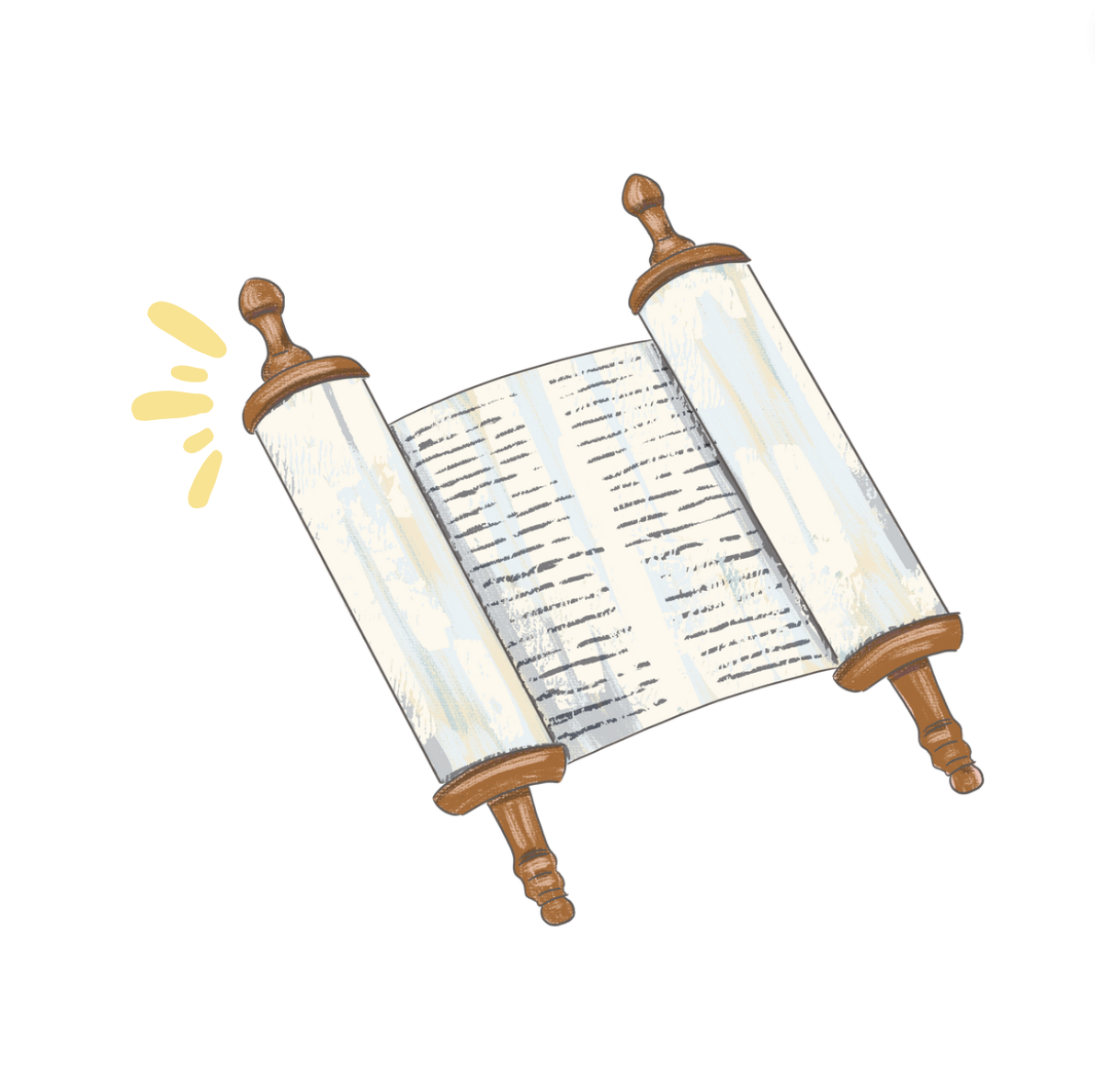Tonight, the countdown is complete. Since the night of the 2nd Seder, we have counted the Omer, the period of seven weeks between Passover and Shavout. During this time period of reflection and introspection, we have explored seven (out of ten) Divine attributes, which, according to Jewish mystical tradition, can actually be physically mapped in relation to each other:

https://velveteenrabbi.blogs.com/blog/2018/07/seven.html
Now, we experience the culmination of these attributes as we celebrate receiving the Torah during the holiday of Shavuot. Tonight, many Jews will stay up all night studying Torah and will eat dairy foods, two special customs of this holiday.
The Torah describes the dramatic scene of its own revelation:
On the third day, as morning dawned, there was thunder, and lightning, and a dense cloud upon the mountain, and a very loud blast of the horn; and all the people who were in the camp trembled…Mount Sinai was all in smoke, for יהוה had come down upon it in fire; the smoke rose like the smoke of a kiln, and the whole mountain trembled violently. The blare of the horn grew louder and louder. As Moses spoke, God answered him in thunder” (Exodus 19:16-19).
It’s fun to imagine the drama of that scene, and some—like Cecil B. DeMille, director of the 1956 film The Ten Commandments—have even tried to capture it on screen. We learn that the experience of receiving the Torah directly from God was so overwhelming for the Israelites that they asked Moses, instead of God, to share the remainder of its contents.
But the ancient Israelites who physically stood at Mount Sinai to receive the Torah weren’t the only ones who were present at the scene. Later in the Torah, Moses says: “I make this covenant…not with you alone, but both with those who are standing here with us this day before our God יהוה and with those who are not with us here this day” (Deuteronomy 29:13-14).
Upon first read, it’s not quite clear what this means. Who exactly are the people who are “not with us here this day”? The medieval commentators answer emphatically: These are the future generations, as “[This covenant is made] with you and with those who come after you, namely, your children and your children’s children” (Ibn Ezra).
Some take this claim even further and state that all Jews, even those who were not yet born, stood at Sinai and received the Torah together. In Midrash Tanuchma, a narrative interpretation of the Hebrew Bible, the ancient Rabbis teach: “The generations that have yet to come were also there at that time…all the souls were there, [even] when [their] bodies had still not been created.”
It’s a powerful statement: No matter where we come from, when we were born, or how we practice, Jewish tradition asserts that we are all witnesses to revelation at Mount Sinai. The Torah wasn’t given to a small group of people millennia ago; we were also there, receiving it alongside our ancestors. This teaches us that the Torah belongs to all of us, and we are all responsible for it.
As Shavuot coincides with the end of the school year—months of stimulation, growth, and learning—this is a perfect time to ask: What is the Torah that I have received this year? What new knowledge, new wisdom, and new insight have I gained? And what will I be ready to receive in the months to come?
May we all find the Torah we are searching for as we (re)visit Mount Sinai this Shavuot.
Shabbat shalom, and Chag Sameach,
Rabbi Deena

